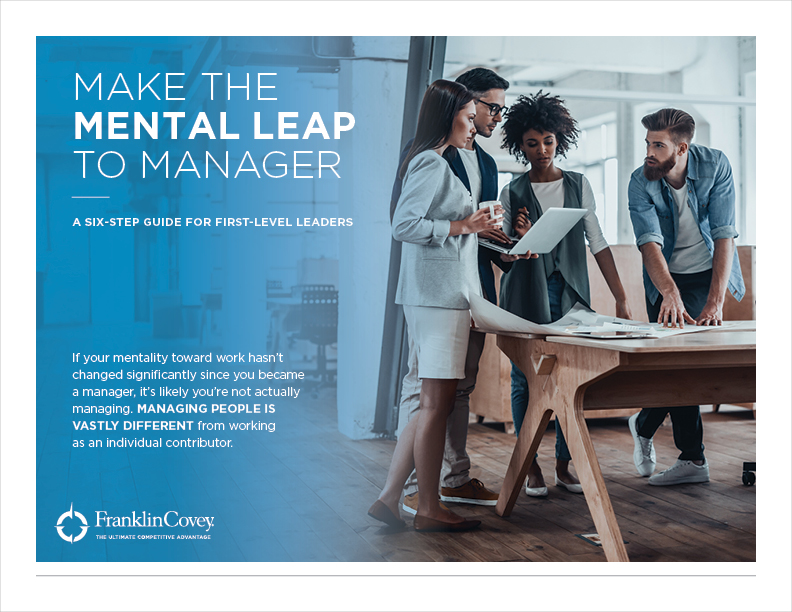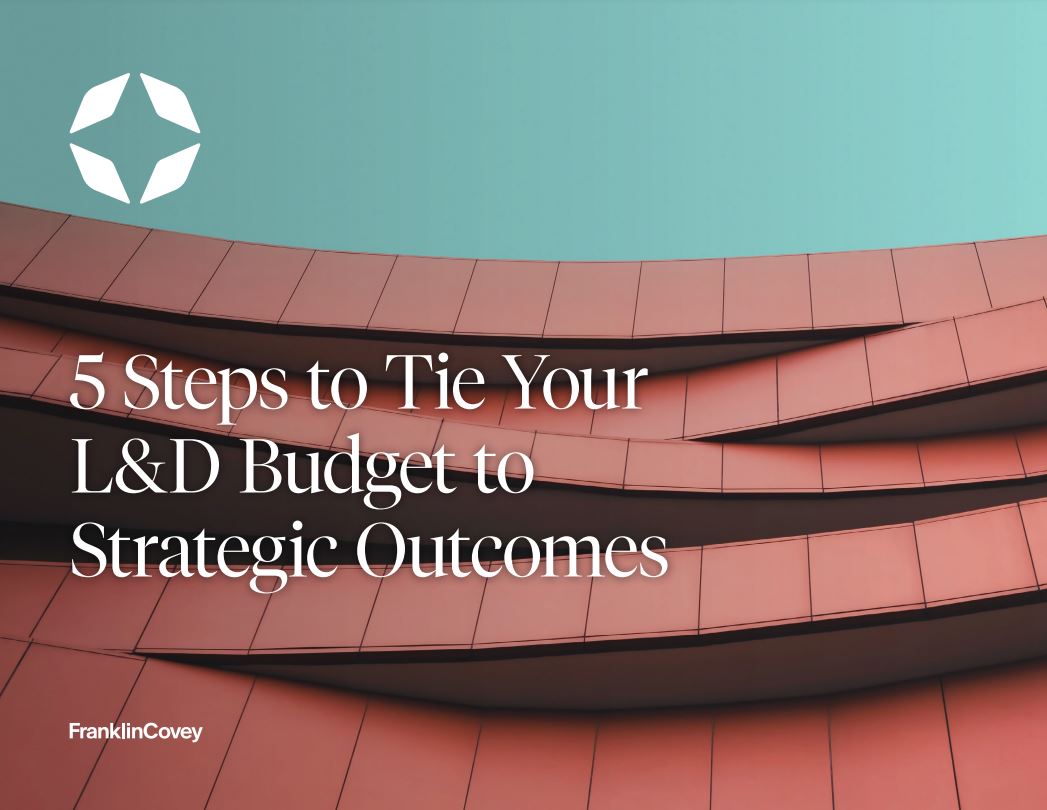
5 Steps to Tie Your L&D Budget to Strategic Outcomes
Many organizations have invested in professional training and development opportunities for their people to remain competitive, increase retention, and provide support for employees. However, many L&D programs are falling victim to budget cuts with recent inflation.
While many leaders see L&D as a cost and not an investment, there is a way to protect your programs and ensure your people continue to get the support they need to thrive—by defining concrete learning outcomes that align with your organization’s most pressing goals. Read our newest guide to learn how.
-

Fill out the form to receive this guide via email.
-
-
Every day, your leaders and your workforce are faced with countless bits of information while making decisions that range from the pragmatic to the strategic. As they confront more and more information—requiring them to act quickly while considering varying perspectives—they are primed to rely on biased thinking.
Why? Because unconscious biases are shortcuts that help our brains compensate for overload. This affects how we make decisions, engage with others, and respond to various situations and circumstances, often limiting potential, inhibiting performance, and leading to poor decision-making.
You may be new to the topic of unconscious bias, or perhaps you already have a training initiative underway inside your organization. Regardless of your knowledge level, these complimentary resources will help as you create a workplace of inclusion and engagement.

